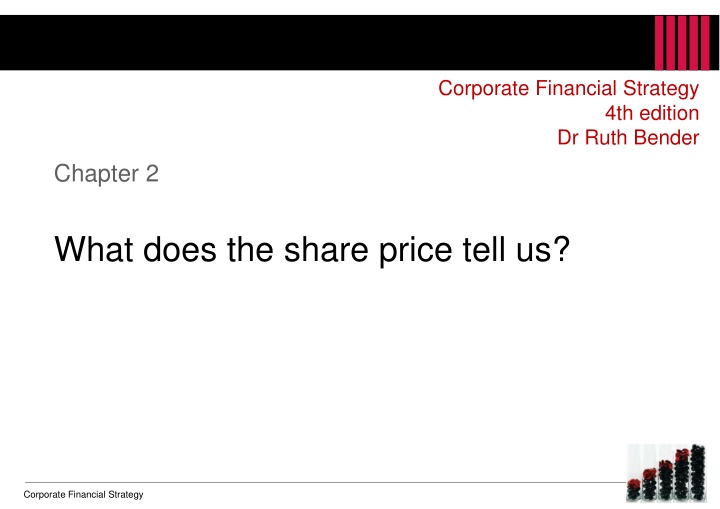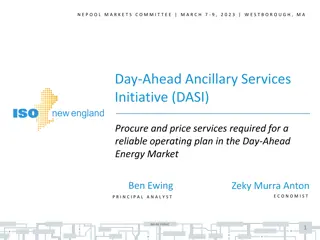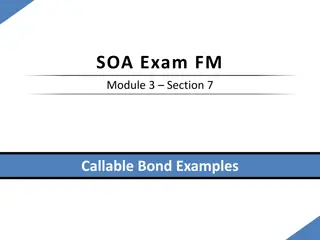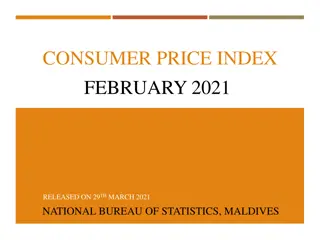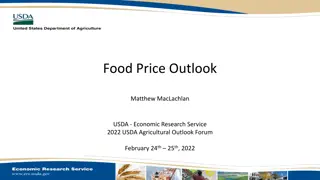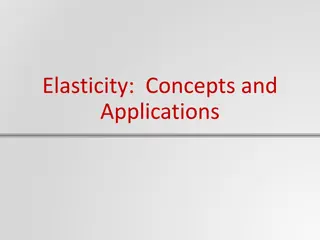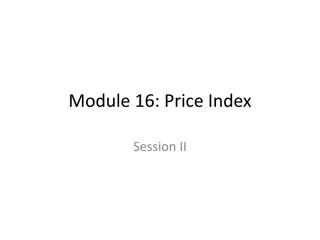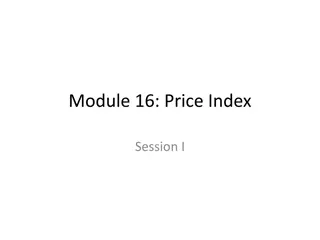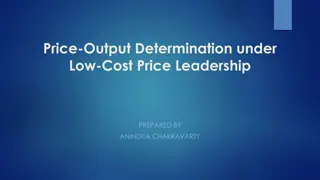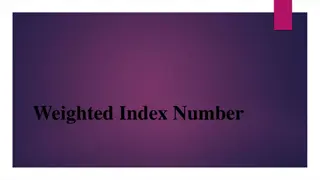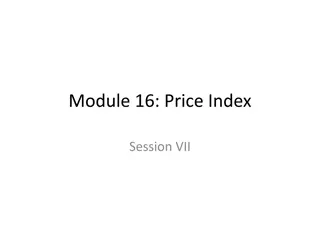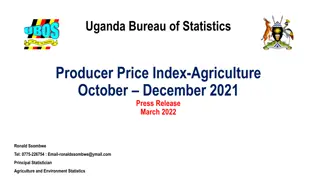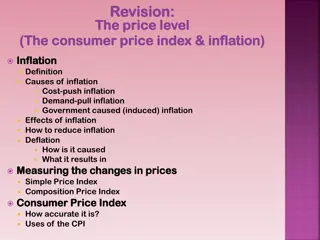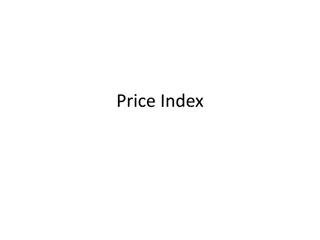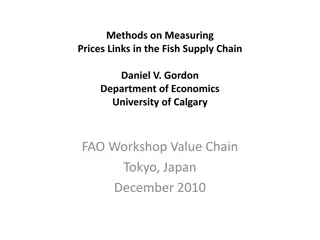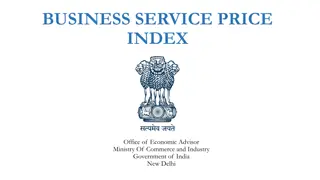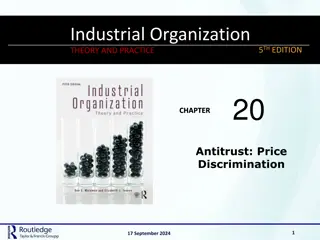What Share Price Indicates
The share price of a company reflects market expectations of growth and risk, as evidenced by various calculations including the price/earnings ratio. Understanding these metrics can offer insights into market perceptions and strategies for achieving growth.
Download Presentation

Please find below an Image/Link to download the presentation.
The content on the website is provided AS IS for your information and personal use only. It may not be sold, licensed, or shared on other websites without obtaining consent from the author.If you encounter any issues during the download, it is possible that the publisher has removed the file from their server.
You are allowed to download the files provided on this website for personal or commercial use, subject to the condition that they are used lawfully. All files are the property of their respective owners.
The content on the website is provided AS IS for your information and personal use only. It may not be sold, licensed, or shared on other websites without obtaining consent from the author.
E N D
Presentation Transcript
Corporate Financial Strategy 4th edition Dr Ruth Bender Chapter 2 What does the share price tell us? Corporate Financial Strategy
What does the share price tell us? Contents Learning objectives The share price reflects market expectations Different variants of the P/E ratio The P/E ratio and market perceptions of growth The dividend growth model The Ansoff matrix and growth strategies Share prices, growth and steady state Steady state PVGO and strategies for achieving required growth What does the share price mean? 2 Corporate Financial Strategy
Learning objectives 1. Understand how the P/E ratio should change with market expectations of growth and risk. 2. Distinguish between different versions of the P/E ratio and determine which is most relevant for your needs. 3. Appreciate how the theoretical construct of steady state is derived from the dividend growth model. 4. Calculate and interpret the present value of growth opportunities (PVGO) inherent in a company s share price. 5. Calculate the expected eps growth built into a company s share price. 3 Corporate Financial Strategy
The share price of a company reflects the market s expectations of growth and risk 4 Corporate Financial Strategy
Different calculations for price/earnings ratio P/E ratio = Share price eps Basic eps Actual earnings average shares in issue Actual earnings increased shares in issue This is the default figure to use Use if dilution is inevitable and already priced in Diluted eps Adjusted eps Adjusted earnings average (or diluted) shares in issue Use if the adjustments are valid Historic eps Taken from the financial statements. Useful because it is audited Of less use as the year progresses Use as the year progresses, as share prices are forward- looking Prospective eps Based on analysts consensus, or your own forecast 5 Corporate Financial Strategy
Figure 2.1 P/E ratio and market perceptions of growth Earnings per High plc share Low plc Current eps Time Assuming risk is the same, we can say that the market expects higher growth from High plc than from Low plc 6 Corporate Financial Strategy
Dividend growth model D = 1 P Ke g D 1 = / 1 P E eps Ke g 7 Corporate Financial Strategy
Figure 2.2 The Ansoff matrix and growth strategies Products Existing New Existing Market penetration (1) Product development (2) Markets Market development (3) Diversification (4) New 8 Corporate Financial Strategy
Share prices, growth, and steady state D At steady state: growth is zero D1 = D2 = Dn full payout of earnings = 1 P Ke g Therefore: P/e = 1/Kess ; Kess = eps/P (This is ONLY true at steady state) Steady state value of share Current price less SS value = PVGO = eps/Kess ; or eps x p/ess 9 Corporate Financial Strategy
Steady state Present value of growth opportunities (PVGO) Current eps E1 Perpetuity value of earnings Time Share price eps 10 Corporate Financial Strategy
Figure 2.3 PVGO and strategies for achieving required growth P1 = current share price Eps growth based on Quadrants 2-4 of Ansoff matrix Share price relating to successfully getting new customers/products Share price relating to extending the current strategy Eps growth based on Quadrant 1 of Ansoff matrix Current eps P0 = Value of share that relates to current eps E1 Time Share price eps 11 Corporate Financial Strategy
Why does the share price matter? A high price is seen as a sign of success. A high price is seen as a sign of the strength of the underlying business. Share price is often used as a proxy for performance. A high share price is the best protection against takeover. Raising future capital becomes easier if the price is high, as fewer shares have to be issued, and the existing investors are well disposed to the company already. Shareholders expect a growing share price. Share price is often used as a metric for calculating management bonuses. Management have share options, which only have value if the share price rises. A high share price improves morale, particularly if employees own shares. There is a strong correlation between power, influence, and company size. 12 Corporate Financial Strategy
